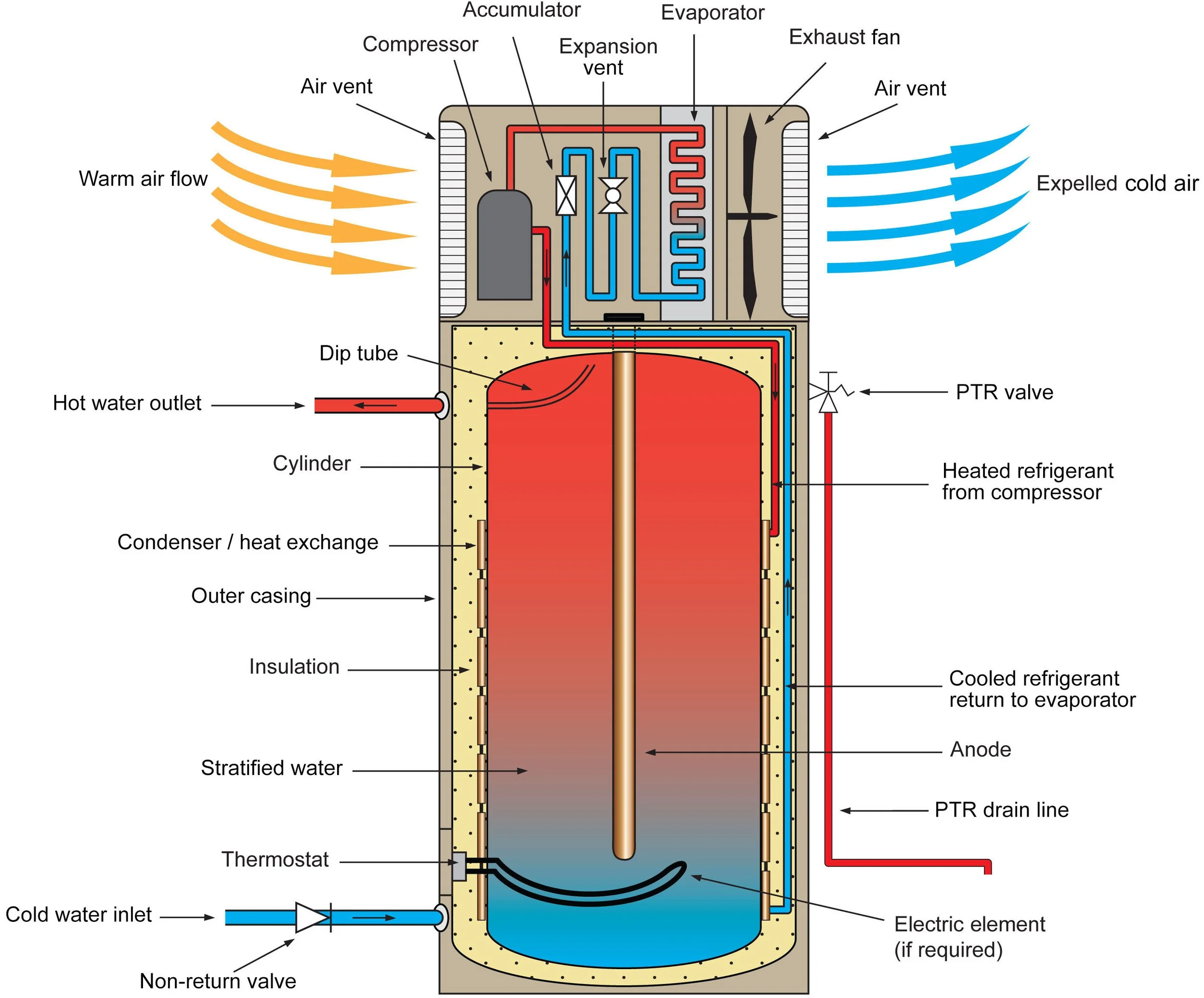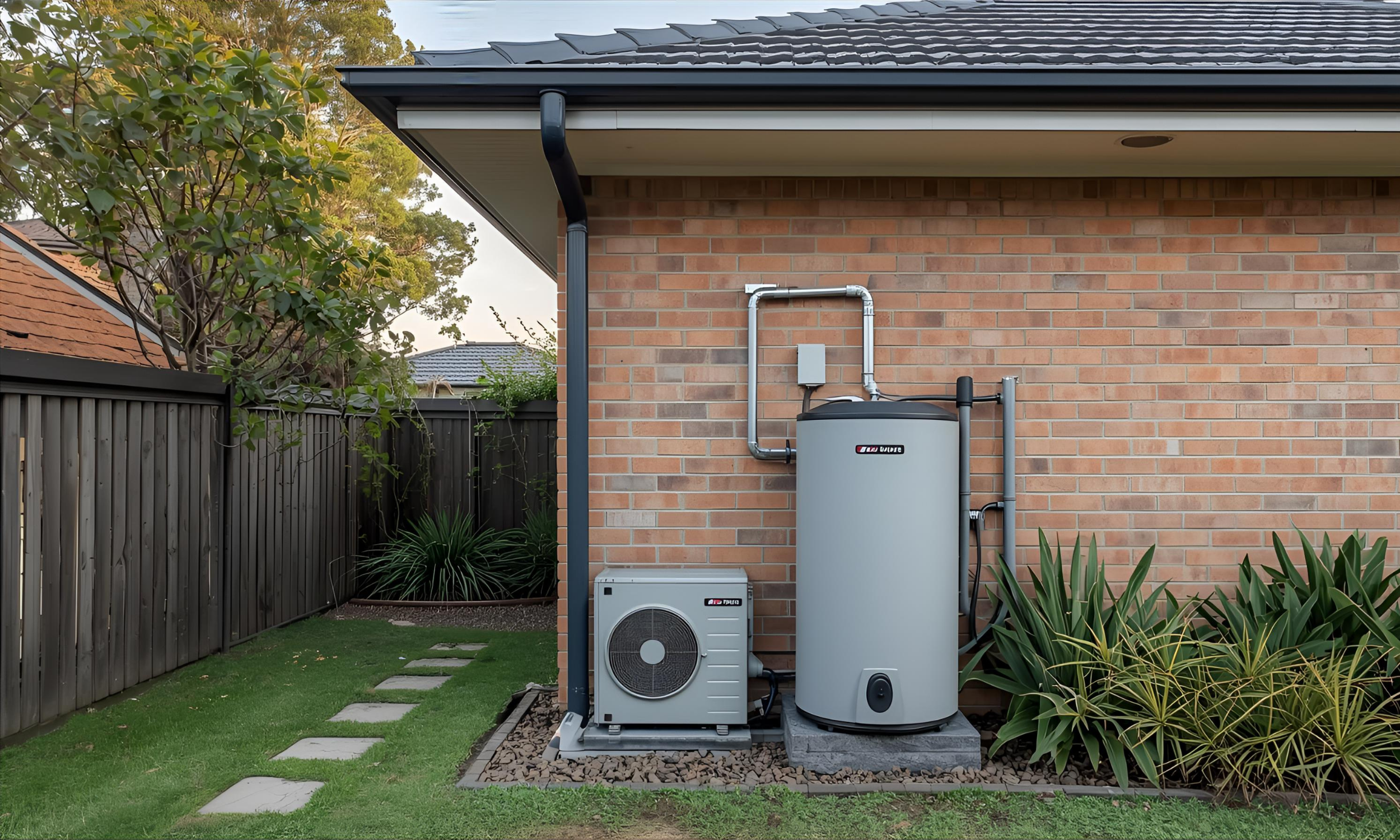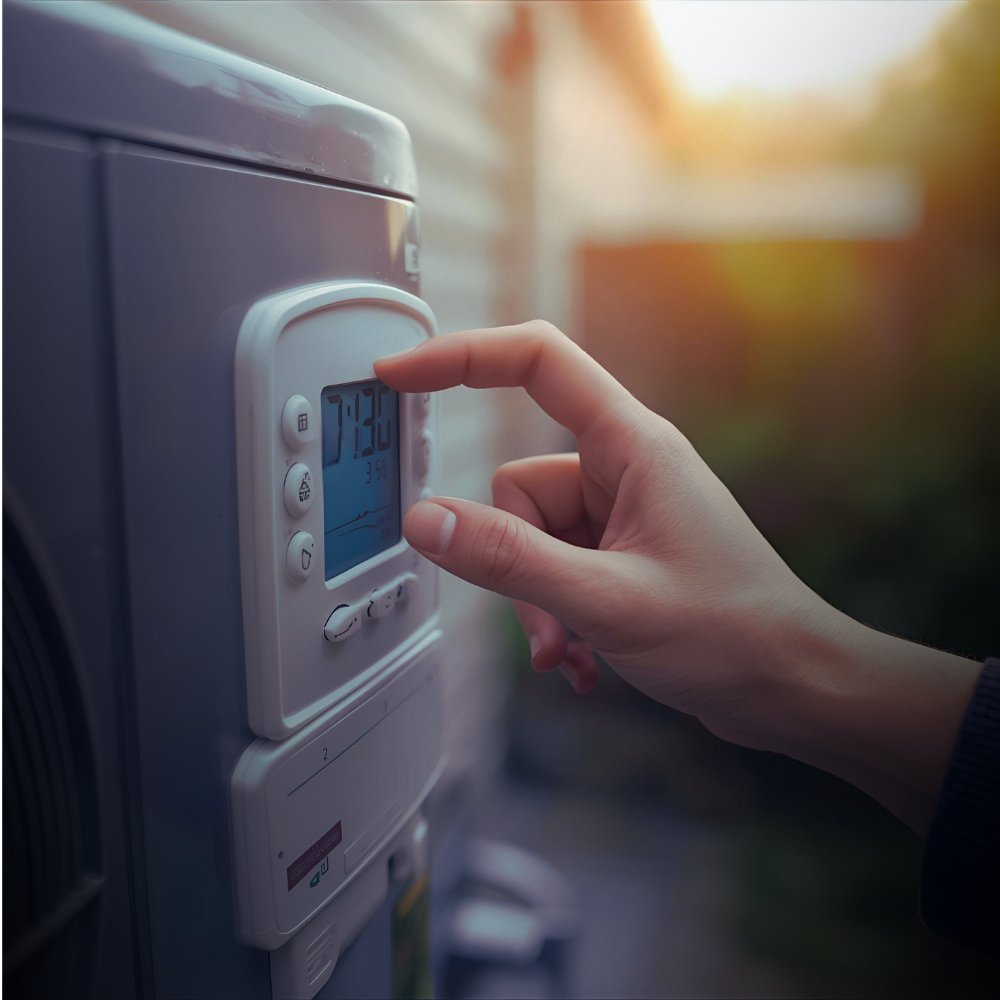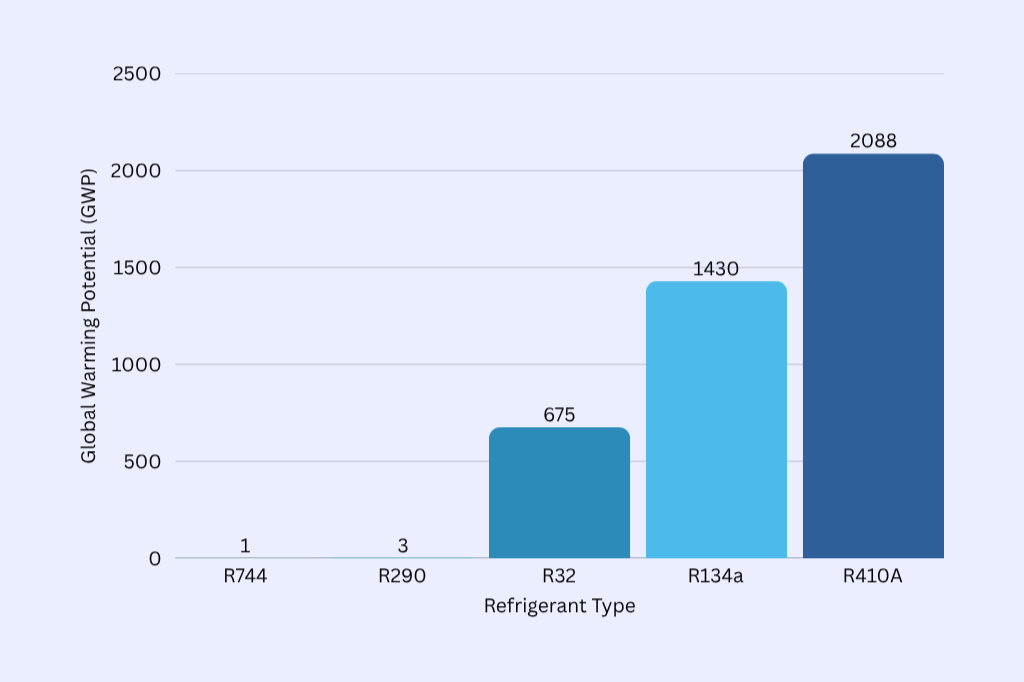What is a Heat Pump Hot Water system? - Beginner’s Guide
Heating water is one of the biggest energy costs in most Australian homes—second only to heating and cooling. For a typical family, hot water can account for around a quarter of the household power bill. So when the time comes to replace an old hot water system, choosing an energy-efficient option can make a big difference to both your wallet and the climate.
One of the smartest solutions available today is the hot water heat pump. But what exactly is it, and how does it work?
Think of it like a fridge in reverse….
Instead of pushing heat out of your fridge to keep food cool, a heat pump pulls heat out of the air and transfers it into your water tank.
Here’s the simple step-by-step:
A fan draws in outside air.
A special fluid (called refrigerant) absorbs the heat.
A compressor squeezes this fluid, making it much hotter.
The heat is transferred into the water tank.
Voilà—hot water ready for showers, washing, and dishes.
Even on cooler days, there’s still enough warmth in the air for the system to work efficiently. Note: Most modern systems are designed to operate in temperatures below 0°C, though performance is slower in very cold weather.
Why are Heat Pumps so efficient?
Traditional electric systems heat water with an element, like a big kettle. For every unit of electricity they use, you get one unit of heat.
Instantaneous gas hot water heaters are more efficient than old electric storage tanks because they only heat water when you turn on the tap. But they still burn fossil gas directly, which creates greenhouse emissions every time you shower or wash the dishes. Even the most efficient gas systems can’t match the 3–5x energy efficiency of a heat pump, and they lock you into ongoing gas bills.
Heat pumps are different—they can produce three to five units of heat for every unit of electricity used. The rest of the energy comes free, from the air around you.
That means:
60–78% less electricity use compared to standard electric hot water
Lower running costs (up to 70% cheaper than gas or electric)
Far fewer greenhouse gas emissions, especially when paired with rooftop solar
Types of Heat Pump systems
Split systems
The heat pump unit is separate from the tank, giving more flexibility to put the tank indoors.
Integrated systems
One unit with the compressor/pump mounted on top of the water tank, usually installed outside.
What about noise?
Heat pumps use a fan and compressor, so they do make some sound—like an outdoor air-conditioning unit. Newer models are much quieter (about the same as a library). Placement matters, so keep them away from bedroom windows or neighbour’s fences. You can also set the time when the heat pump operates to run during the day when power is cheaper and people are awake, at work or school.
The wrap
Hot water heat pumps are one of the smartest ways to cut household energy use. By drawing warmth from the air instead of relying on gas or electric elements, they deliver big savings on bills and emissions while keeping hot water flowing for your family.You can also set a schedule to use cheaper off-peak power or excess power from Solar panels.
But is a heat pump the right fit for your home? That depends on things like upfront cost, available rebates, your home’s layout, and how much hot water your family uses.
In Part 2, we’ll dive into the practical side: costs, government incentives, and tips for choosing the best system for your household.











